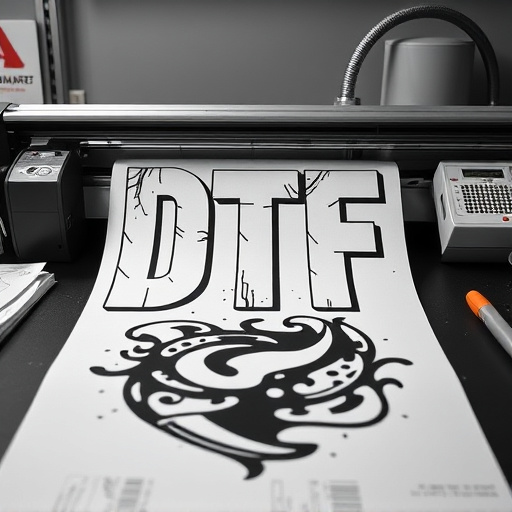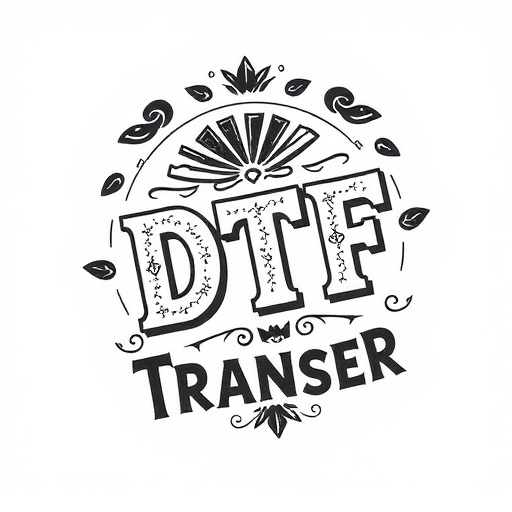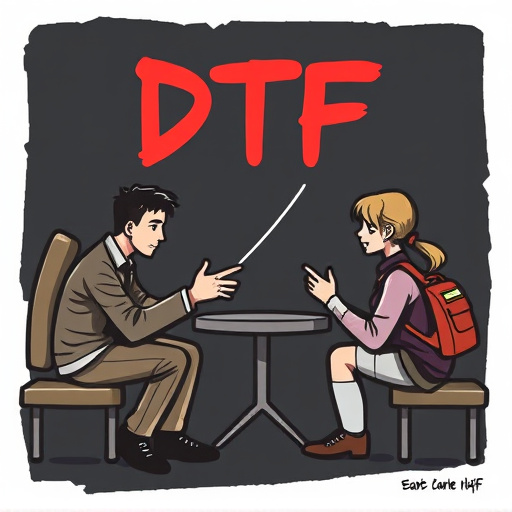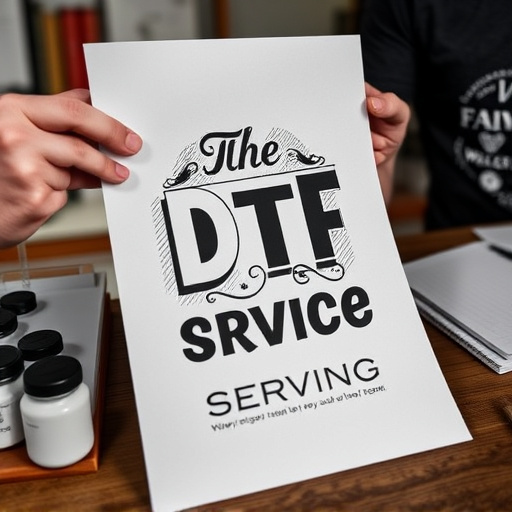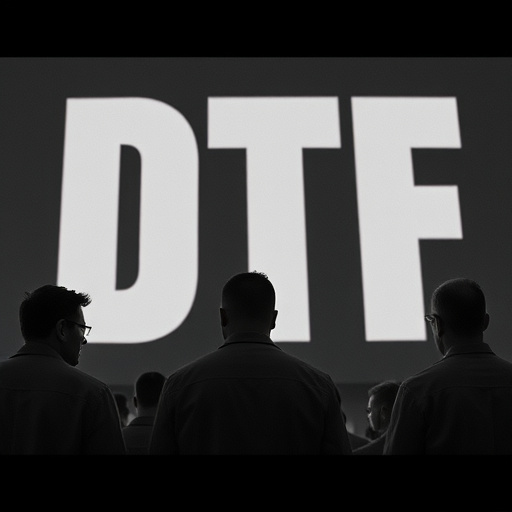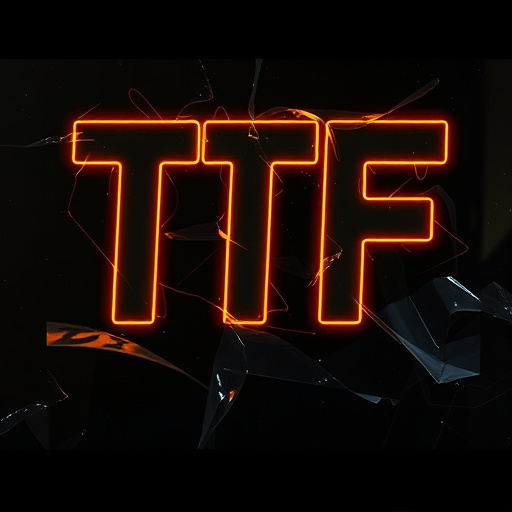Fast DTF Transfers, a revolutionary printing technology, offers efficient and eco-friendly customization for t-shirts and garments. By eliminating toxic chemicals and water-intensive processes, it reduces environmental impact while maintaining high quality and speed, appealing to sustainable clothing brands. This method streamlines production, minimizes waste, and enables on-demand printing, making it a game-changer in the custom apparel industry.
In today’s fast-paced world, efficient and eco-conscious printing solutions are paramount for businesses. Fast DTF (Direct to Fabric) transfers have emerged as a game-changer in the textile industry, offering swift production times without compromising environmental sustainability. This article delves into the eco-friendly aspects of Fast DTF transfers, comparing conventional methods and exploring sustainable practices that make this technology an environmentally responsible choice.
- Understanding Fast DTF Transfers: The Basics
- Environmental Impact: Conventional vs. Eco-Friendly Methods
- Sustainable Practices in Fast DTF Transfers: A Deep Dive
Understanding Fast DTF Transfers: The Basics

Fast DTF Transfers represent a groundbreaking advancement in the realm of print-on-demand customization, especially for creating custom t-shirts. This technology allows for efficient and precise transfer of designs from digital files to various materials, primarily textiles. The process involves using specialized software to apply a thin layer of reusable ink or resin onto a substrate, which is then cured under heat, enabling the design to be permanently transferred.
Unlike traditional printing methods, Fast DTF Transfers offer numerous eco-friendly advantages. By utilizing digital files and precise application techniques, it minimizes waste by eliminating the need for excessive ink or material during the production of custom t-shirts. This not only reduces environmental impact but also ensures cost-effectiveness for businesses and consumers alike. The ability to print on demand means that products are made-to-order, further decreasing the overall carbon footprint associated with inventory management.
Environmental Impact: Conventional vs. Eco-Friendly Methods

In the realm of garment production, Fast DTF Transfers have emerged as a game-changer, offering both speed and efficiency. However, when compared to conventional methods, it’s crucial to understand their environmental implications. Traditional printing and heat transfer techniques often leave a significant carbon footprint due to the use of toxic chemicals, water-intensive processes, and energy-guzzling machinery. These methods contribute to air pollution, water contamination, and waste generation, posing challenges for both the industry and the planet.
On the other hand, eco-friendly DTF approaches prioritize sustainability, minimizing these adverse effects. They employ non-toxic inks, water-based solutions, and energy-efficient equipment, reducing environmental harm. For clothing brands, opting for eco-conscious logos DFT for clothing can lead to more responsible production without compromising on quality or speed. The shift towards green practices in DTF heat transfer paper and DTF printing for t-shirts is not just a trend but a necessary step towards preserving our planet’s resources for future generations.
Sustainable Practices in Fast DTF Transfers: A Deep Dive
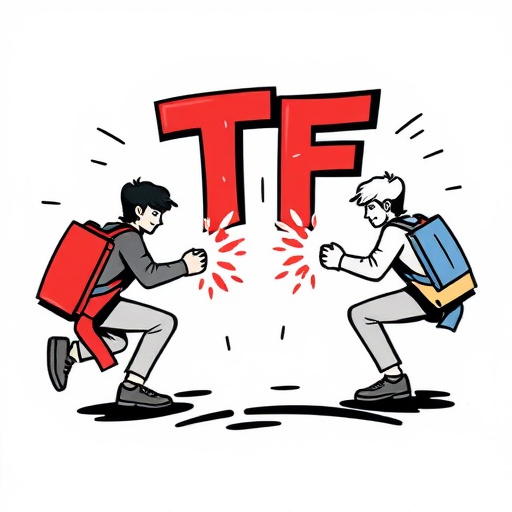
In the realm of fast DTF (Direct to Film) transfers, sustainable practices are no longer an option but a necessity. This modern printing method has revolutionized the way custom t-shirts and personalized hoodies are created, offering numerous eco-friendly advantages. One of the key benefits lies in its direct application process, eliminating the need for intermediate steps that often involve wasteful material usage.
DTF printers streamline production by applying designs directly onto textile materials without the requirement for pre-cut templates or extensive waste generation. This precision printing reduces material wastage, making it an environmentally conscious choice compared to traditional methods. Moreover, the fast turnaround time of DTF transfers contributes to a more sustainable supply chain by enabling businesses and individuals to produce on-demand, minimizing excess inventory and reducing overall environmental impact.
Fast DTF transfers, while efficient, have traditionally raised environmental concerns. However, with a growing focus on sustainability, the industry is embracing eco-friendly practices. By adopting innovative technologies and sustainable materials, fast DTF transfers can significantly reduce their carbon footprint without compromising speed or quality. This shift towards greener methods not only benefits the environment but also meets the increasing demand for responsible production among consumers. Embracing these changes ensures a brighter, more sustainable future for the fast DTF transfer industry.





